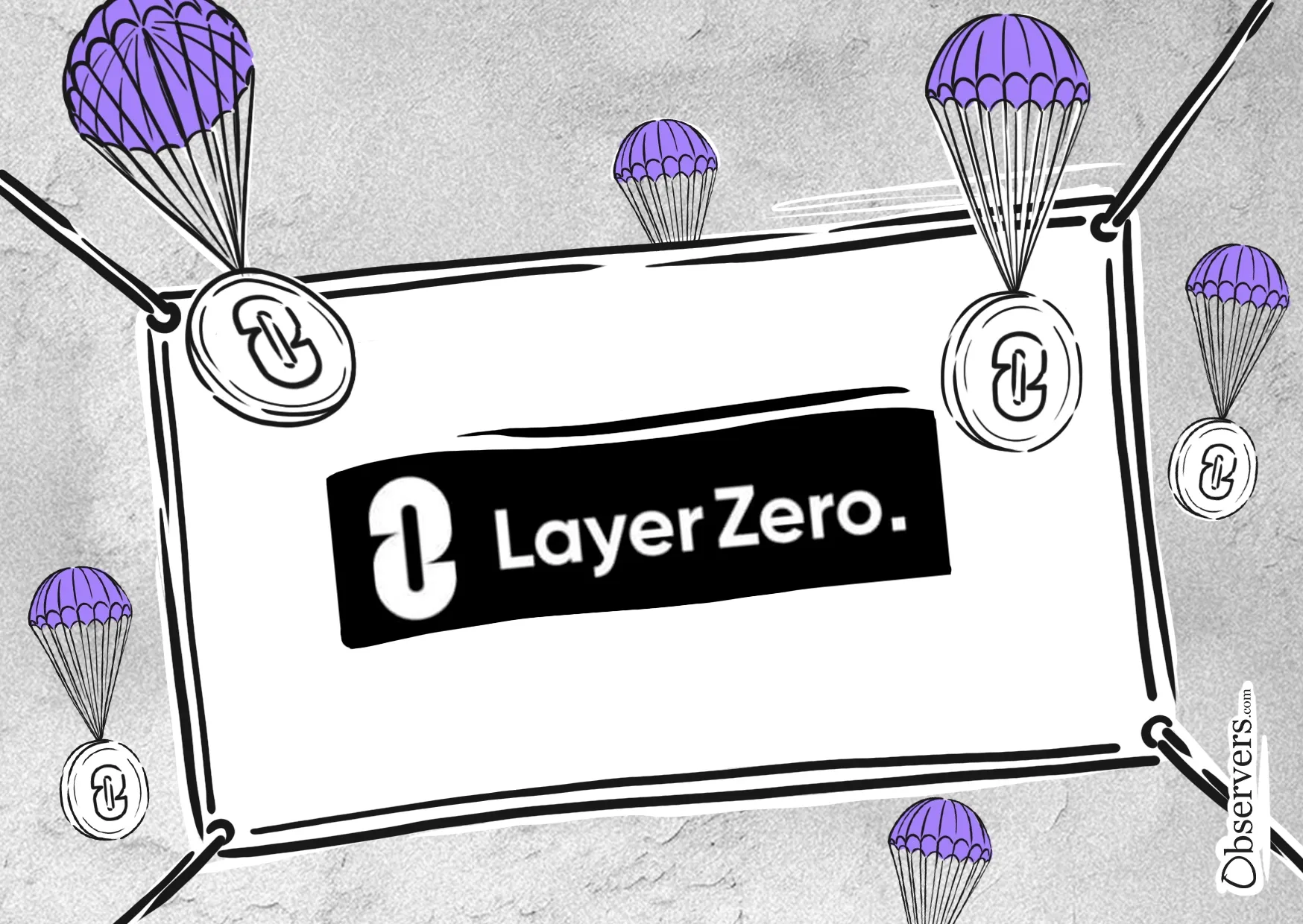LayerZero Labs, the team behind the leading open-source protocol for cross-chain interoperability LayerZero, is gearing up to reward its user base with an airdrop of its long-awaited tokens, as announced on May 2 by the firm via an X post.
The airdrop snapshot aligns with the company's previous announcement, aiming for a token launch in the first half of 2024.
More information coming soon. pic.twitter.com/NyMpJFVg9S
— LayerZero Labs (@LayerZero_Labs) May 2, 2024
LayerZero is a cross-chain messaging protocol that is designed to solve the blockchain interoperability problem. It achieves this by implementing blockchain-specific endpoints (smart contracts) on each of its supported chains and a decentralized messaging network between them. This allows developers to build dApps that function across multiple blockchains.
The snapshot news had a measurable impact on the LayerZero ecosystem, particularly amongst users of Stargate and Radiant Capital (both powered by LayerZero), whose native tokens STG and RDNT saw a slight bump after the announcement.
Last September, LayerZero's native ZRO token became the first Hyperp (Hyperliquid-only perp) on Hyperliquid, a decentralized exchange platform for perpetual futures contracts. Its listing is a strategic move to boost ZRO's adoption and liquidity in the future. A Hyperliquid core contributor reported that the token currently trades at around $8.60, translating to a potential fully diluted valuation (FDV) of $17 billion, suggesting high market expectations for ZRO.
In a December 2023 post, LayerZero said that the platform was designed from the start to incorporate a native token, as evidenced by its original, unchangeable code:
"LayerZero has always been built with the ability to have a native token within the protocol, as can be seen in the immutable code launched on day 1… We’ll state now in no uncertain terms that there will be a LayerZero token. Its distribution is something we’re committed to getting right and expect it to happen within the first half of 2024."
The upcoming airdrop shows LayerZero's strategic decision to reward its user base. By distributing its native token to early adopters, LayerZero seeks to cultivate a community with a vested interest in the protocol's long-term success. The snapshot serves as a cut-off point for airdrop eligibility. LayerZero's terminology regarding its "first" snapshot hints at the potential for multiple airdrops. This strategic approach mirrors recent tactics employed by other DeFi protocols like Jupiter Aggregator and EigenLayer, which have opted for a multi-phase airdrop strategy.
Should we expect a ZRO price drop?
While attracting new users, airdrops often face the hurdle of airdrop hunters or squatters, individuals who exploit airdrops by deploying a multitude of cryptocurrency wallets. Their sole objective is to amass as many airdropped tokens as possible, with no genuine interest in the long-term viability of the protocol itself. Once they have claimed their rewards, hunters promptly flood the market, often leading to a sharp decline in the token's value. Such behavior disrupts the intended purpose of airdrops, hindering the long-term health of the protocol.
In February, reports emerged that the Starknet airdrop experienced an influx of airdrop hunters, leading to widespread system manipulation. It was found that over half of the legitimate wallet addresses involved were part of a coordinated network designed to exploit the airdrop process.
According to data from blockchain analysis platform Lookonchain, last month's Arbitrum airdrop experienced a similar situation, as airdrop hunters consolidated a substantial chunk of their distributed ARB tokens, only to dump them on the market shortly after, triggering a price drop.
These incidents show the potential pitfalls associated with airdrops and the importance of a robust eligibility system to deter airdrop hunters. Such situations raise concerns about the integrity and fairness of the distribution mechanism and make it clear that no system currently has the ability to differentiate between genuine participants and opportunists.

